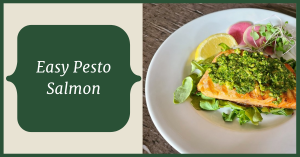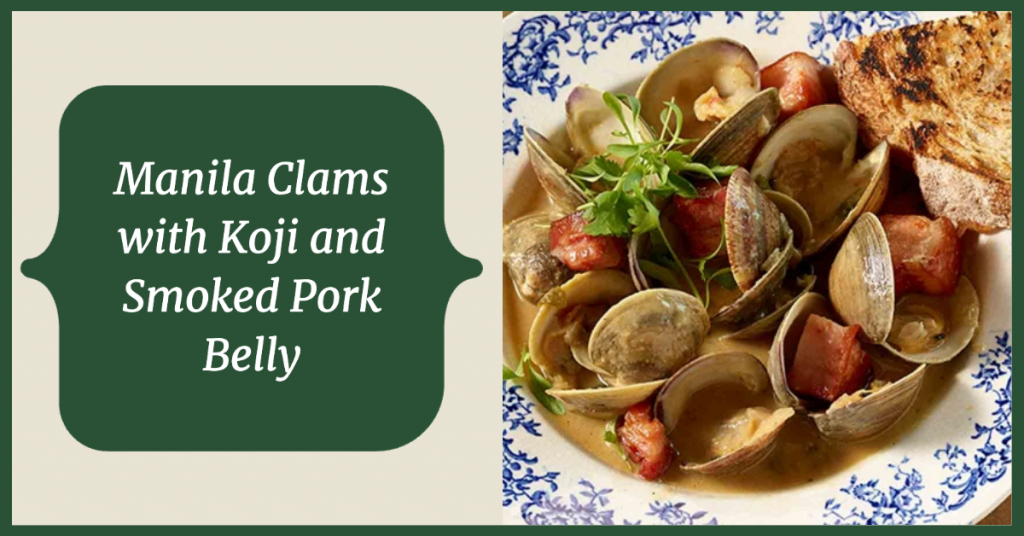November 15, 2023
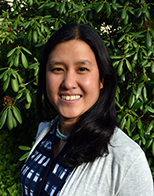
Washington Sea Grant (WSG) is excited to welcome Sanpisa Sritrairat as the new community engagement specialist.
Growing up on the coast of Thailand, Sanpisa developed a deep love for coastal ecosystems. She has dedicated her career to protecting these ecosystems and the communities that depend on them. Trained as a multidisciplinary ecologist, hydrogeologist, climate scientist and environmental educator, Sanpisa has led numerous research and educational outreach efforts to address coastal ...
Read MoreNOV
2023
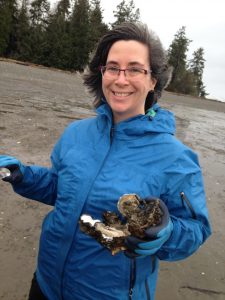 Washington Sea Grant (WSG) has appointed Dr. Melissa Poe to assistant director for outreach. Poe has been at WSG for 10 years,
Washington Sea Grant (WSG) has appointed Dr. Melissa Poe to assistant director for outreach. Poe has been at WSG for 10 years, 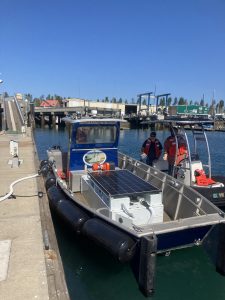 Port Townsend is getting a clean water boost with a new solar-powered pumpout unit that will help provide more options for boaters to properly dispose of their sewage.
Port Townsend is getting a clean water boost with a new solar-powered pumpout unit that will help provide more options for boaters to properly dispose of their sewage.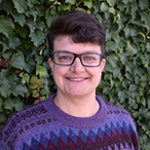 Washington Sea Grant (WSG) is thrilled to welcome
Washington Sea Grant (WSG) is thrilled to welcome 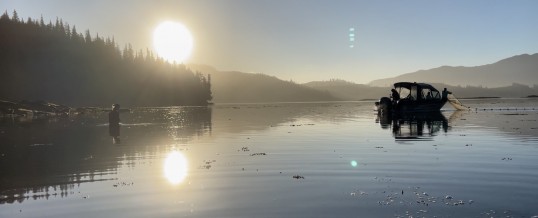
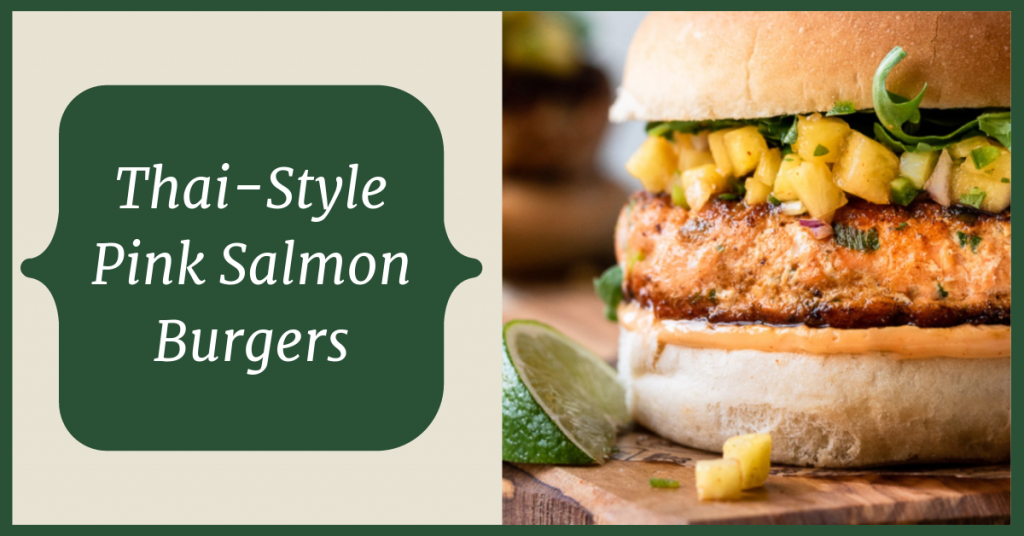
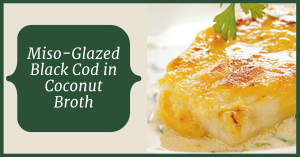
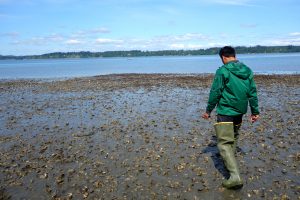 Washington Sea Grant (WSG) is pleased to have a project selected for funding through the NOAA Sea Grant Aquaculture Workforce Development Support Projects competition.
Washington Sea Grant (WSG) is pleased to have a project selected for funding through the NOAA Sea Grant Aquaculture Workforce Development Support Projects competition. 